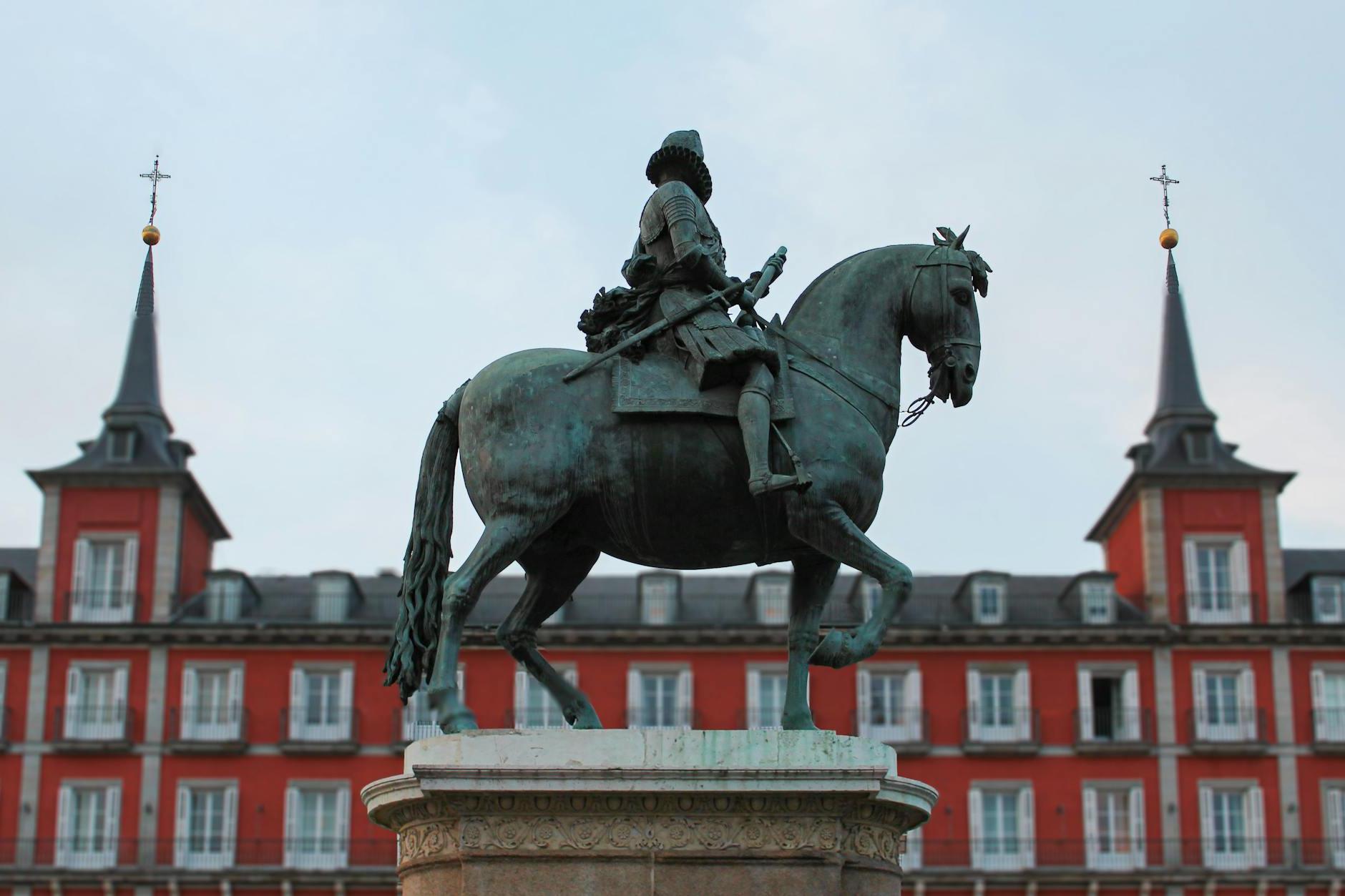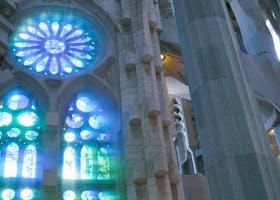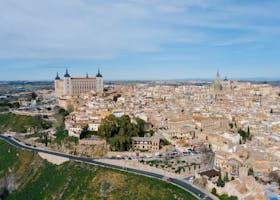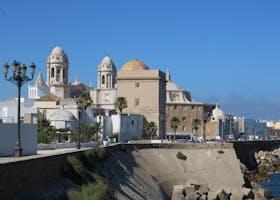Discover the Vibrant Heart of Spain: 10 Must-Visit Places in Madrid
Posted on June 3, 2024 • 12 minutes • 2501 words
Table of contents
Madrid, the pulsating heart of Spain, beckons travelers with its vibrant street life, world-class museums, and an insatiable appetite for day-to-day festivity. As the sun-kissed capital, it is a place where history and culture collide in a spectacular fashion, inviting visitors to explore its beauty and timeless charm. While the spring and fall see the city at its most glorious, with mild weather and bustling patios, Madrid’s lively spirit ensures there’s something remarkable to do all year round. Whether you’re wandering through its historic plazas, indulging in the local gastronomy, or getting lost in its verdant parks, Madrid promises an unforgettable journey. Here, we unveil 10 must-visit places in Madrid that showcase the city’s diversity and its ability to enchant every traveler’s heart.
10 best things to see in Madrid
10. Templo de Debod
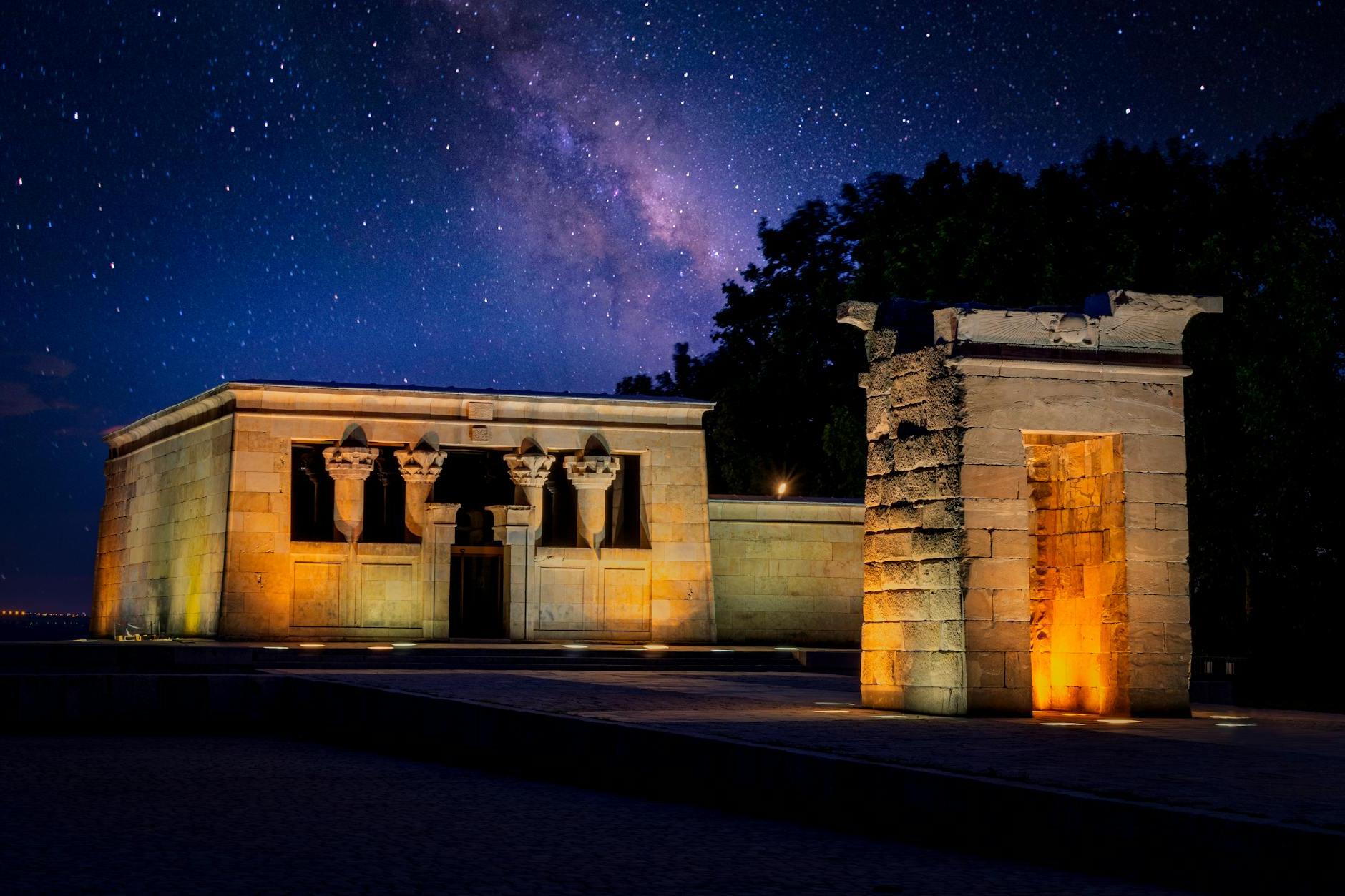
When visiting Madrid, the Templo de Debod shouldn’t be missed. This ancient Egyptian temple, gifted to Spain in 1968, is a piece of history nestled right in the heart of the city. It’s an authentic glimpse into Egyptian architecture and culture, remarkably preserved and sitting in a beautiful park that offers stunning views, especially at sunset. To get there, simply catch the Metro to Plaza de España or Ventura Rodríguez stations; from either, it’s just a short walk. Pay special attention to the incredible hieroglyphics inside the temple and don’t miss the chance to see Madrid from the unique perspective of its surrounding gardens. The Templo de Debod is a rarity outside of Egypt and visiting it is not only a journey into the past but also a unique way to enjoy Madrid’s present.
9. Mercado San Miguel
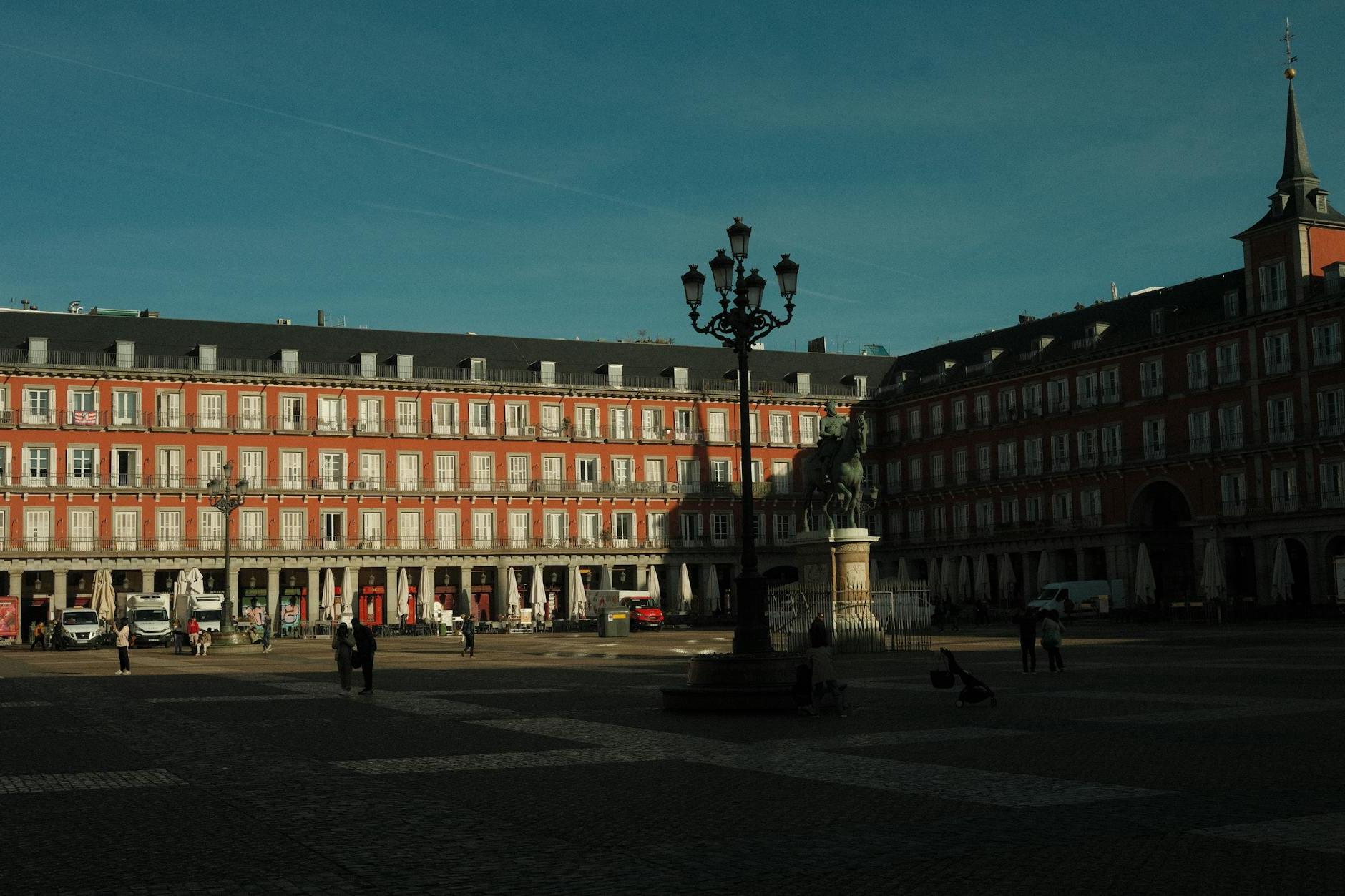
When you’re exploring Madrid, visiting Mercado San Miguel is a must. This vibrant market is not just a place to taste exquisite Spanish cuisine; it’s a culinary haven where you can experience the authentic flavors of Spain. Located just a stone’s throw away from Plaza Mayor, in the heart of the city, it’s incredibly easy to get to. You can simply walk from many central locations, take the metro to Sol or Opera stations, and enjoy a short stroll from there. As you step inside, the lively atmosphere will enchant you. Pay special attention to the variety of stalls - from fresh seafood to gourmet tapas and decadent desserts, there’s something to satisfy every palate. The market’s historical structure, combined with its modern gastronomic offering, makes it a unique spot. Whether you’re a food lover or just curious about Spanish culture, Mercado San Miguel offers a taste of Spain that should not be missed.
8. Casa de Campo
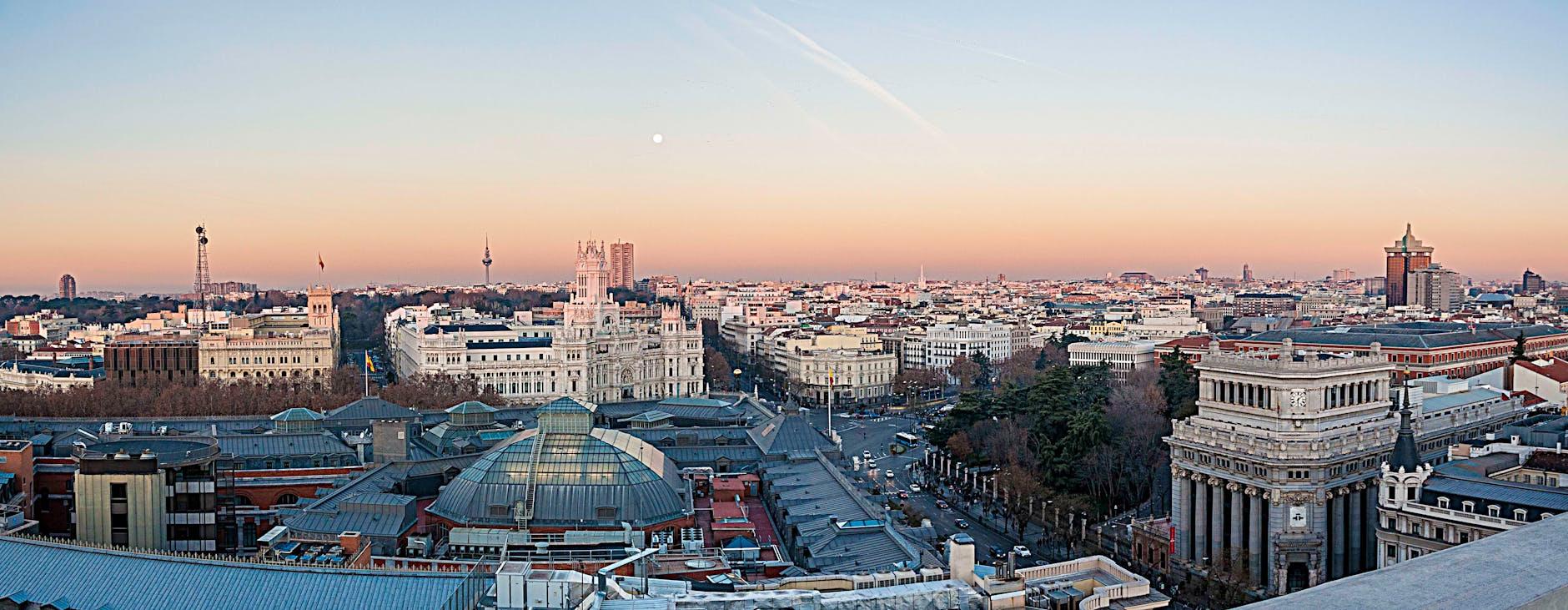
When in Madrid, visiting Casa de Campo is a must for anyone looking to escape the hustle and bustle of the city without actually leaving it. This vast park, once a royal hunting estate, offers a breath of fresh air and a variety of activities for everyone. To get there, you can easily take the Metro Line 10 and get off at the ‘Lago’ station or ‘Casa de Campo’ station. Inside, you’ll find a large lake where you can rent boats, numerous walking and cycling paths, and even a zoo and an amusement park. Pay special attention to the cable car that runs from the park into the city – it provides stunning views of Madrid’s skyline. Whether you’re looking to enjoy a leisurely picnic, take a scenic stroll, or seek an adventure in its green expanses, Casa de Campo is the perfect getaway within the city.
7. Plaza de Cibeles
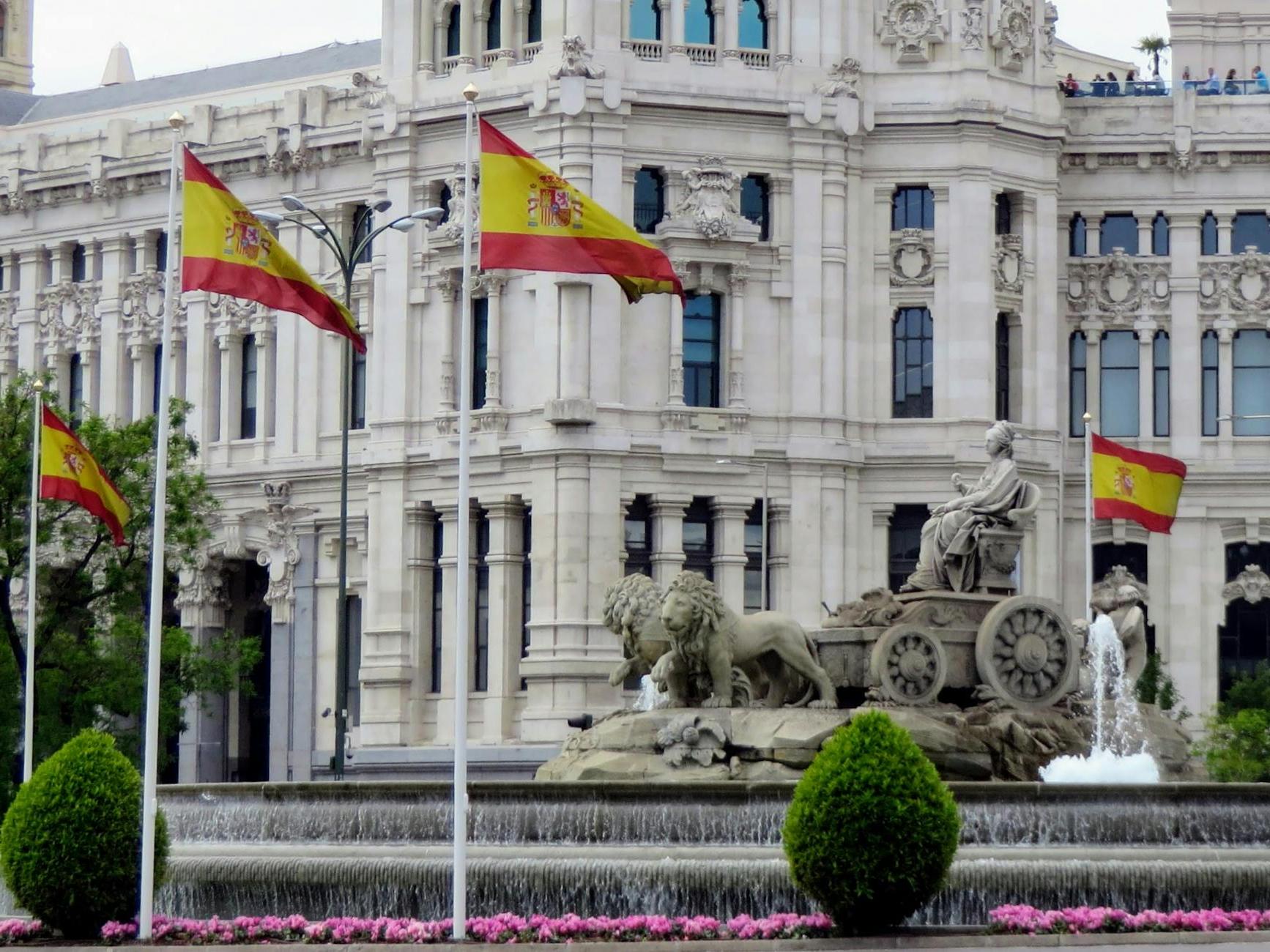
When in Madrid, make sure to visit the stunning Plaza de Cibeles! This iconic square is not just a feast for the eyes with its beautiful fountain and grand buildings, but it also holds a deep cultural significance. To get there, you can easily hop on the Metro and get off at the Banco de España station – you’ll find yourself just steps away. Once you’re there, pay close attention to the magnificent Cibeles Fountain in the center, depicting the Roman goddess of fertility. It’s a favorite spot for local celebrations, especially when the Real Madrid football team wins a trophy. Don’t forget to admire the impressive architecture of the surrounding buildings, including the Palacio de Cibeles, which now serves as the city hall and offers an amazing view of Madrid from its observation deck. Visiting Plaza de Cibeles is a wonderful way to soak in the history and beauty of Madrid, making it a must-see destination.
6. Puerta del Sol
When you visit Madrid, the heart of the city awaits you at Puerta del Sol, a bustling square that’s a must-see. Why should you add it to your itinerary? Puerta del Sol is not just a central point in the city; it’s where all the vibrant life of Madrid comes together. From historical sites, such as the famous clock whose bells mark the traditional eating of the Twelve Grapes at New Year’s, to the symbolic Bear and the Strawberry Tree statue, you’ll find yourself enveloped in Spanish culture. Getting there is a breeze; you can hop on the metro and get off at the Sol station, which directly opens up to the square. While you’re there, pay special attention to the small plaque on the ground marking Kilometer Zero, the geographical center of Spain. Every direction you explore from there takes you deeper into the life and soul of Madrid. So, make sure Puerta del Sol is on your list for an unforgettable experience of Spain’s capital.
5. Centro de Arte Reina Sofia
If you find yourself wandering the vibrant streets of Madrid, make sure to visit the Centro de Arte Reina Sofia, an essential stop for art lovers. This museum is home to Spain’s exquisite collection of modern and contemporary art, including must-see pieces by Pablo Picasso and Salvador Dalí. Notably, Picasso’s “Guernica,” a powerful piece depicting the horrors of war, is a centerpiece not to be missed. The museum’s striking architecture, blending traditional with modern extensions, is a visual treat in itself. Getting there is straightforward: it’s within walking distance from Atocha Railway Station, or you can easily hop on the metro to Atocha or Estación del Arte stations. Remember to check out the museum’s lush garden and the numerous temporary exhibitions that make every visit unique. Whether you’re a devoted art enthusiast or simply curious, the Centro de Arte Reina Sofia offers a profound glimpse into the soul of Spanish contemporary art that you’ll cherish long after your visit.
4. Parque del Buen Retiro
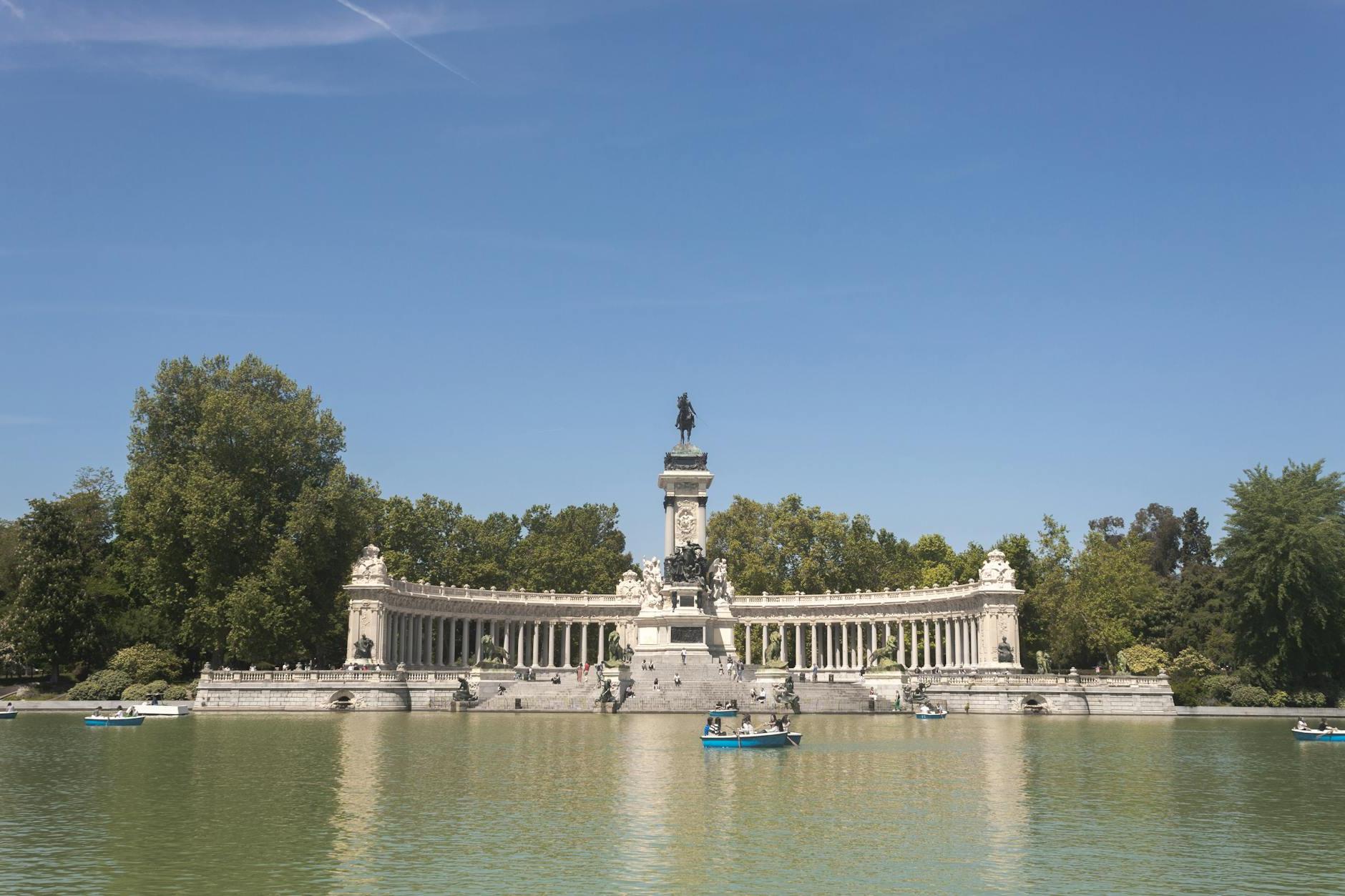
If you find yourself wandering through the bustling streets of Madrid, make sure to carve out some time for the Parque del Buen Retiro, a lush oasis in the heart of the city. This sprawling green space isn’t just a park; it’s a cultural hub, offering a peaceful escape with beautiful sculptures, fountains, and a mesmerizing lake. To get there, you can easily hop on the metro to the Retiro station, which is conveniently located nearby. Once inside, definitely check out the striking Crystal Palace, an architectural gem that hosts contemporary art exhibitions. Don’t miss the chance to row a boat on the grand lake near the monument to King Alfonso XII, and keep an eye out for the street performers that add a unique flair to the park’s vibrant atmosphere. Visiting Parque del Buen Retiro is an opportunity to breathe in the beauty and artistry of Madrid at your own pace.
3. Museo Thyssen-Bornemisza
When you’re in Madrid, the Museo Thyssen-Bornemisza is a must-visit gem for art lovers. This unique museum stands out because it houses an impressive collection that spans from the 13th century to modern times. It bridges the gap between the Prado Museum’s classic works and the Reina Sofia’s modern pieces, offering a complete timeline of art history under one roof. To get there, simply head to the Paseo del Prado. It’s easily accessible by metro, with the closest stations being Banco de España and Atocha. Once there, pay special attention to the museum’s stunning array of masterpieces, including works by Van Gogh, Caravaggio, and Kandinsky. The collection represents a diverse range of artistic periods, making it a captivating experience for anyone interested in the evolution of art. Whether you’re a seasoned art scholar or just someone who loves beautiful paintings, the Thyssen-Bornemisza Museum promises a rich, unforgettable experience.
2. Museo Nacional del Prado
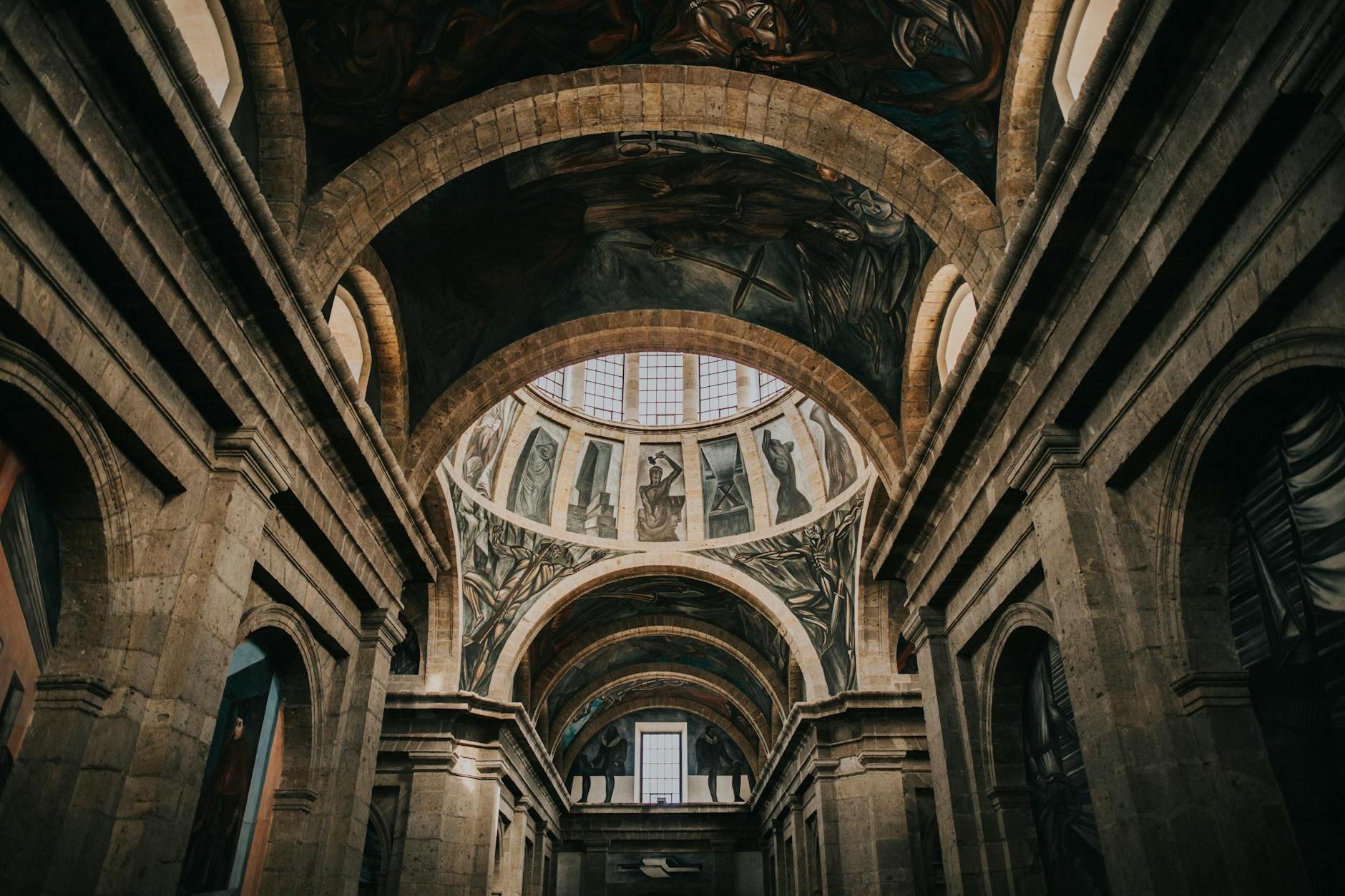
If you find yourself in Madrid, a visit to the Museo Nacional del Prado is a must for any art lover or history buff. This prestigious museum is home to an extensive collection of European art, dating from the 12th century to the early 20th century. Among its corridors, you’ll discover masterpieces by renowned artists such as Velázquez, Goya, and El Greco. To get there, you can easily hop on the Madrid Metro, with the Atocha station being the closest, though the Banco de España station is also nearby, offering a pleasant walk. Don’t miss the chance to see Velázquez’s “Las Meninas” and Goya’s “The Third of May 1808,” which are among the highlights. Besides, the museum’s architecture and the layout itself are wonders to explore. Remember to wear comfortable shoes as the museum is vast and you might spend several hours exploring its treasures.
1. Palacio Real
When you’re in Madrid, visiting the Palacio Real is a must! This grand palace isn’t just a feast for your eyes; it’s a journey through Spain’s rich history. Getting there is a breeze - simply take the metro to the Opera station, and from there, it’s just a short walk. Once you’re there, pay special attention to the stunning architecture, the exquisite interiors, and the beautifully-manicured gardens. The Palacio Real, or Royal Palace, is not only the largest in Western Europe but also houses an incredible art collection, historical artifacts, and sumptuous furnishings. Remember, while the palace is open to the public, it’s still used for official ceremonies, so check its schedule before you go to avoid any closures. Don’t miss the chance to witness the changing of the guard if your visit lines up with the schedule - it’s a spectacle of tradition you won’t forget!
Frequently Asked Questions
1. What is the best time of the year to visit Madrid?
The best time to visit Madrid is during the spring months from March to May or in the fall from September to November. During these months, the weather in Madrid is simply perfect, offering mild temperatures and clear skies that make walking around the city and visiting outdoor attractions absolutely delightful. Not only will you enjoy comfortable weather, but these periods are also less crowded, allowing you to explore the city’s beauty more peacefully. If you’re looking to save a bit on your trip, consider visiting Madrid during the winter months of December to February. Although it’s colder, you’ll find lower prices on accommodations and possibly fewer tourists, making it an economical and quieter time to explore the vibrant Spanish capital.
2. Should I rent a car in Madrid?
Deciding whether to rent a car in Madrid depends on what you plan to do during your visit. Madrid’s roads can be busy, especially during peak hours, and finding parking in the city center can be quite a challenge, not to mention it can be expensive. Traffic congestion is common, so driving in the city might not be the most time-efficient option. However, if you’re planning to explore beyond the city, renting a car gives you the freedom to travel at your own pace and visit places that are harder to reach with public transport. Madrid’s public transportation system is excellent, with a comprehensive network of buses, metro, and trains that connect not only different parts of the city but also neighboring towns and attractions. Taxis and ride-sharing services are also readily available, offering a convenient but more costly alternative to public transportation. In short, if your plans are mainly within the city, using public transport and taxis might be more convenient. But, if you’re aiming to explore farther afield, renting a car could be beneficial.
3. What are different ways to get to Madrid?
Getting to Madrid, Spain’s vibrant capital, can be accomplished in several convenient ways. By air, you can fly into Madrid-Barajas Adolfo Suárez Airport, the main international gateway located just a short distance from the city center. This airport is served by many airlines, making it easy to find a direct flight from various parts of the world. If you’re already in Spain or neighboring countries, traveling by train is a fantastic option. Madrid is well-connected by high-speed trains (AVE) that can whisk you from cities like Barcelona, Seville, or Valencia in just a few hours. Buses offer a more economical alternative, with comfortable and frequent services linking Madrid to other Spanish cities and European capitals. For those who prefer the flexibility of driving, Madrid is encircrated by an efficient network of highways. For example, the A-2 connects Madrid with Barcelona, while the A-6 leads to A Coruña. Keep in mind, driving in the city can be challenging due to traffic and parking restrictions, so it’s wise to familiarize yourself with the local rules and consider parking on the outskirts and using public transport to explore the city center.
4. Are there things to do with children in Madrid?
Absolutely! Madrid has plenty of things to do with children, making it an ideal destination for family travel. Start with a visit to the Retiro Park, where kids can enjoy puppet shows on weekends, row boats on the grand pond, and explore play areas. The Madrid Zoo and Aquarium in Casa de Campo is another must-visit, offering a close look at exotic animals and marine life. Don’t miss the Faunia Nature Park, which combines a zoo, botanic garden, and aquarium, and it’s particularly fun for kids interested in nature and animals. For a bit of learning combined with fun, the Madrid Science Museum presents interactive exhibits that engage young minds. If your kids love football, a tour of the Santiago Bernabéu Stadium can be an exciting experience. And, of course, the Warner Bros Park on the city’s outskirts offers thrilling rides and entertainment based on popular movie characters. With diverse attractions catering to young visitors, Madrid ensures a memorable trip for the entire family.
5. Is Madrid safe to travel to?
Madrid is generally a safe city to travel to, with a low rate of violent crime compared to many other European capitals. However, like any bustling metropolis, it’s wise to stay alert for petty crimes such as pickpocketing and scams, especially in tourist-heavy areas and crowded spots. Thieves in Madrid are known to be quite skillful and may use distractions to catch you off guard. To keep your belongings safe, always keep your valuables securely hidden and never let your guard down, especially in crowded places like the Puerta del Sol or the El Rastro market. By taking basic precautions and being aware of your surroundings, you can enjoy all the beautiful experiences Madrid has to offer with peace of mind.

